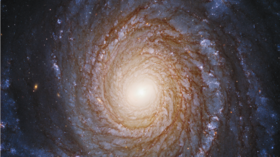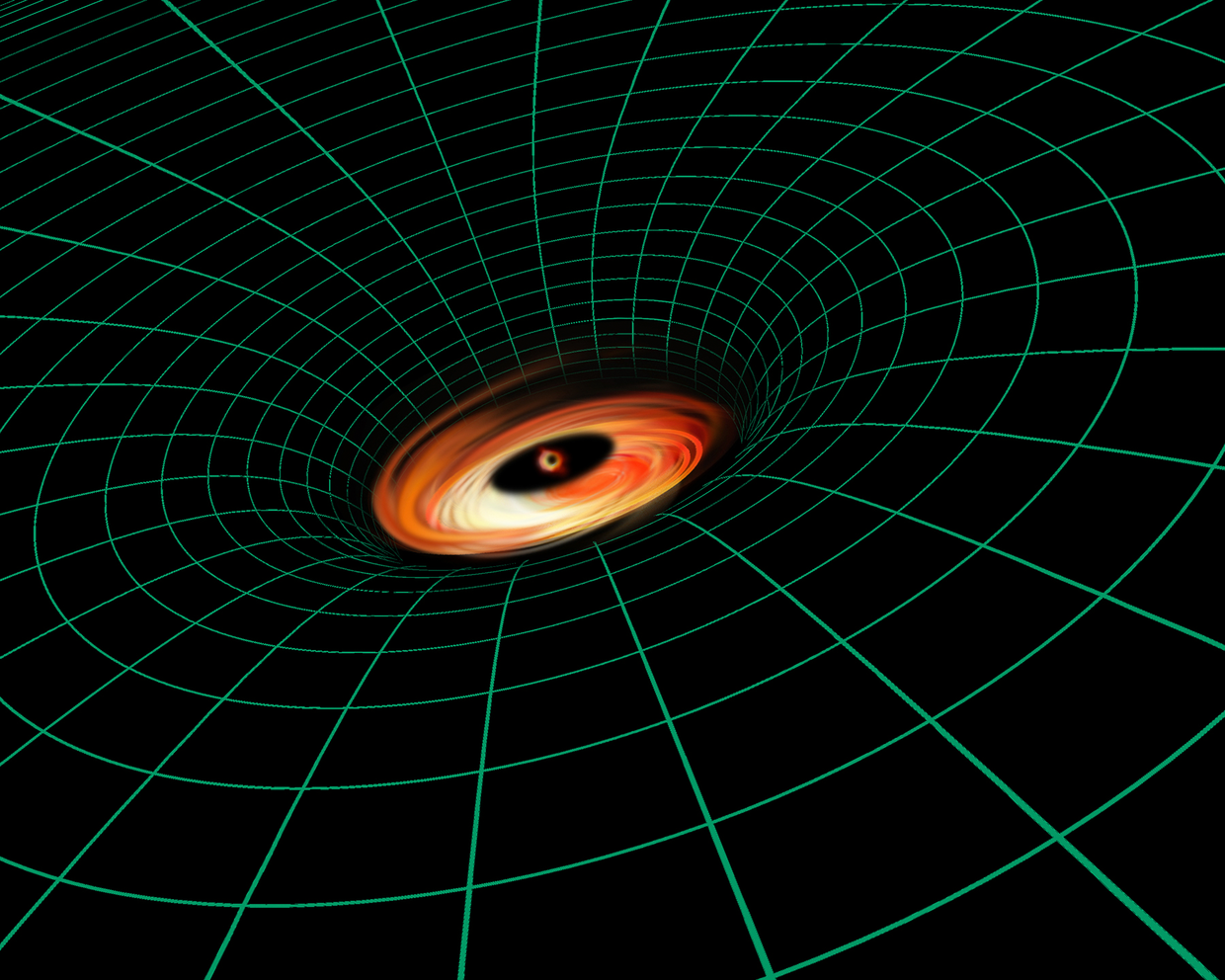‘Unexpected’: Hubble discovers supermassive black hole ‘that shouldn't exist’, says NASA

The Hubble space telescope has discovered a supermassive black hole 130 million light-years from Earth that scientists say “shouldn’t exist” if Albert Einstein’s theories of relativity are to be believed.
The mysterious black hole has an “unexpected” thin disk of material furiously whirling around it. The conundrum, the space agency explains, is that according to current astronomical theories, the disk shouldn’t be there.
“We’ve never seen the effects of both general and special relativity in visible light with this much clarity,” said Marco Chiaberge, a member of the team that conducted the Hubble study. Their research is published in the Monthly Notices of the Royal Astronomical Society.

The black hole is located at the heart of a spiral galaxy called NGC 3147. Black holes like this one are described as “malnourished” for their lack of gravitationally-captured material to ‘feed’ on, and the surrounding in-falling material typically spreads out into a donut-shaped haze.
However, the ferocious disk encircling this hungry black hole moves at more than 10 percent the speed of light and resembles those found in extremely active galaxies with “engorged, monster black holes,” NASA said.
“It’s the same type of disk we see in objects that are 1,000 or even 100,000 times more luminous,” the study’s first author, Stefano Bianchi, explained. “The predictions of current models for gas dynamics in very faint active galaxies clearly failed.”
Also on rt.com Supermassive black holes exposed as glowing disks in striking X-ray (IMAGE)The international team of researchers are drawing on their unexpected find to test Einstein’s theories, and are still using Hubble to search for more galaxies that might play host to similar head-scratching disks.
Like this story? Share it with a friend!














